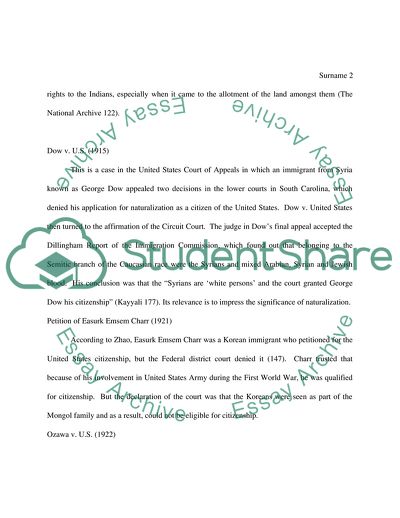Cite this document
(American Immigration Issues Literature review Example | Topics and Well Written Essays - 2000 words, n.d.)
American Immigration Issues Literature review Example | Topics and Well Written Essays - 2000 words. https://studentshare.org/history/1809911-america-immigration-terms
American Immigration Issues Literature review Example | Topics and Well Written Essays - 2000 words. https://studentshare.org/history/1809911-america-immigration-terms
(American Immigration Issues Literature Review Example | Topics and Well Written Essays - 2000 Words)
American Immigration Issues Literature Review Example | Topics and Well Written Essays - 2000 Words. https://studentshare.org/history/1809911-america-immigration-terms.
American Immigration Issues Literature Review Example | Topics and Well Written Essays - 2000 Words. https://studentshare.org/history/1809911-america-immigration-terms.
“American Immigration Issues Literature Review Example | Topics and Well Written Essays - 2000 Words”. https://studentshare.org/history/1809911-america-immigration-terms.


